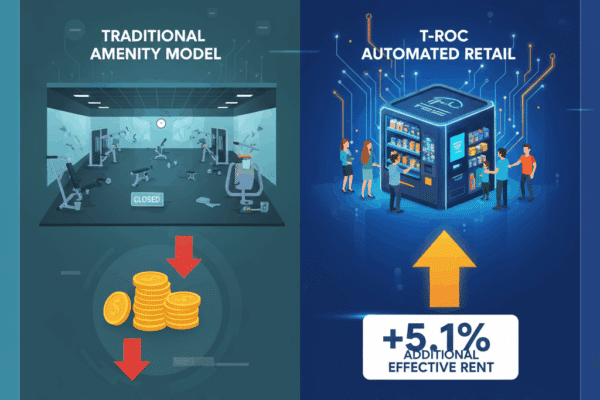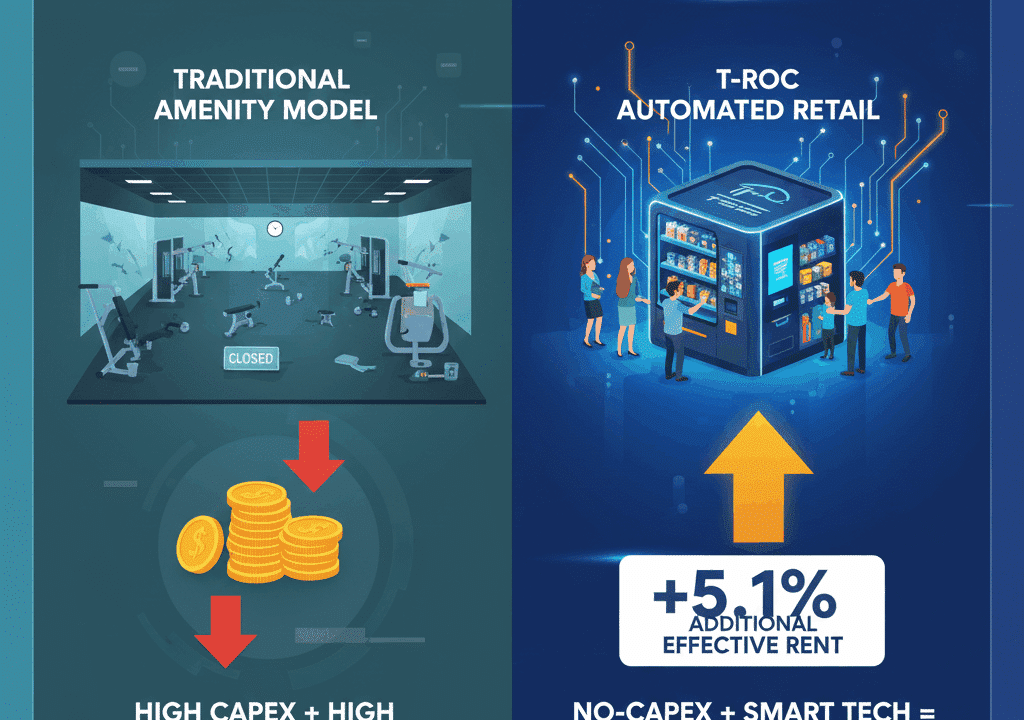
Enhancing Customer Experience with AI
Artificial intelligence is revolutionizing customer experience and service in almost every industry. Companies that harness AI tools are catapulting customer satisfaction to unprecedented heights and outperforming competitors who haven’t yet integrated this game-changing technology.
As AI capabilities rapidly advance – from sophisticated chatbots to predictive data analytics – businesses must leverage these innovations in order to wow customers, foster loyalty, and spur growth. By integrating machine learning systems into processes and offering a human touch where needed, companies are optimizing each interaction to make customers feel valued and heard.
Understanding the Concept of AI and its Potential in Enhancing Customer Experience
Advancements in artificial intelligence (AI) have opened up immense opportunities for businesses to optimize their customer experience. As AI capabilities expand, companies that strategically leverage these technologies will be poised to surpass customer expectations.
With the ability to rapidly analyze volumes of customer data, AI allows businesses to gain valuable insights into preferences and pain points. These data-driven insights empower companies to transform how they engage customers across channels. For example, conversational chatbots can deliver 24/7 instant support, while predictive analytics models accurately anticipate and address issues proactively.
However, in order to fully reap the customer experience benefits of AI, businesses need a thoughtful strategy for implementation. This includes seamlessly integrating AI tools into existing workflows, continuously training AI on new data, and balancing automation with human oversight. With an effective roadmap, companies can harness innovative AI to foster long-term customer satisfaction and loyalty.
Defining Artificial Intelligence (AI) and its capabilities
Artificial intelligence (AI) is the simulation of human intelligence processes by computer systems. Key capabilities that enable AI to mimic human skills include machine learning, deep learning, natural language processing, computer vision, and speech recognition.
Unlike traditional hardcoded software, AI algorithms can continuously learn and improve from exposure to new data without explicit programming. For example, chatbots leverage natural language processing to comprehend text and speech inputs from customers. They can then respond with relevant answers as a human agent would. Sentiment analysis functionality allows the AI to detect emotions and attitudes from the conversations as well.
By incorporating capabilities like machine learning and language processing, AI systems can dynamically adapt to new situations based on continuous analysis of data. This allows AI solutions to handle challenging real-world tasks across industries to augment and enhance human skills.
Exploring the Importance of Customer Experience
In today’s highly competitive markets, customer experience has become a key differentiator and driver of business success. Providing memorable and frictionless experiences across every touchpoint is crucial for customer acquisition, loyalty, and advocacy.
Positive customer experiences lead to increased sales, higher customer lifetime value, word-of-mouth referrals, and brand loyalty. On the flip side, poor experiences can severely damage brand reputation and customer relationships. Customer expectations are also evolving with digitization. Customers now demand hyper-personalized, omni-channel experiences. Businesses need to gain deeper customer insights to deliver contextual interactions.
The Connection Between AI and Customer Experience
AI allows businesses to understand customers at an individual level by analyzing their data across sources like website activities, purchases, service history, social media, and more. These AI-generated customer insights can be used to optimize marketing campaigns, website content, product recommendations, and pricing strategies for enhanced personalization. AI virtual assistants and chatbots also enable faster query resolution and customized services.
Additionally, AI equips companies to gain a deeper understanding of customers and identify areas needing improvement. Sentiment analysis of customer conversations, reviews, and survey responses allows businesses to pick up on pain points that may not be explicitly stated. Mapping out end-to-end customer journeys also highlights areas of friction where customers struggle or feel dissatisfied. With aggregated insights from AI-enabled analysis of customer data, companies can recognize weaknesses in the customer experience.
Equipped with this intelligence, businesses can leverage other AI capabilities to design superior customer experiences. AI-powered recommendation engines can provide hyper-personalized suggestions to customers. Chatbots integrated with knowledge bases can deliver consistent and correct answers to questions around the clock.
With continual training, the AI solutions will also dynamically adapt to emerging issues and trends. Instead of making assumptions about customers, companies can leverage AI analytics to listen to the voice of the customer and take targeted action to enhance each touchpoint along the journey. Adopting this AI-driven approach positions organizations to exceed customer expectations through data-based decision-making.
How AI Chatbots are Transforming Customer Service
Chatbots leveraging natural language processing and machine learning algorithms can understand customer queries, hold natural conversations, and resolve common issues quickly without human assistance. This improves efficiency and allows human agents to focus on complex issues.
Chatbots can be integrated with knowledge bases and FAQs to find answers. They can also perform tasks like checking account balances, booking appointments, updating customer data, and more based on simple conversations.
Personalized Shopping Experiences through AI Recommendations
E-commerce companies are increasingly adopting AI-powered recommendation engines to create personalized shopping experiences. These systems analyze customer behavior – including past purchases, browsed products, search queries, and page visits – to understand each shopper’s preferences.
With this data, the AI algorithm can intelligently recommend products tailored to each customer. As a result, shoppers enjoy relevant suggestions displayed on homepages, product pages, checkout flows, post-purchase emails, and more. This level of personalization helps drive higher conversion rates and sales by showing customers items they are more likely to love based on their unique tastes and needs. Ultimately, AI-enabled recommendation engines allow e-commerce platforms to mimic an in-store feel through software, delighting customers with a tailored journey.
AI and Predictive Analysis for Improved Customer Insight
AI is enabling brands to extract insights from customer conversations. Sentiment analysis of interactions across channels like call transcripts, surveys, and social media reveals satisfaction levels, common complaints, and emerging issues. Armed with this intelligence, companies can swap reactive approaches for proactive strategies that address pain points before customers churn.
In addition, predictive analytics examines behavioral data to identify customers likely to cancel services or make purchases. This powers precisely targeted retention and sales campaigns.
Implementing AI in Your Business to Enhance the Customer Experience
More companies are turning to AI to improve customer experiences across channels. AI capabilities like machine learning, natural language processing, and computer vision can help businesses better understand and serve their customers.
Steps to Successfully Deploy AI in Your Business
Implementing AI to enhance customer experience management takes strategic planning. Here are some best practices for deploying AI capabilities:
Assess your needs. Before investing in AI, analyze your customer journey to identify pain points. Prioritize areas where AI could have the biggest impact, like automating repetitive tasks or generating insights from customer data.
Start small. Look for quick wins to demonstrate AI’s value without disrupting operations. For example, use chatbots to handle common customer inquiries or machine learning to personalize web experiences.
Choose the right AI tools. Many customer experience AI platforms exist. Evaluate them based on your needs, data environment, and resources. Look for trusted providers with experience in your industry.
Clean your data. AI is only as good as the data used to train it. Audit your data quality and aggregate data from all touchpoints to create a 360-degree view of the customer.
Define objectives and metrics. Set specific goals for AI implementation, like improving satisfaction scores or reducing case resolution times. Continuously monitor progress so you can refine algorithms to improve performance.
Win internal buy-in. Get cross-functional teams on board by demonstrating AI benefits. Provide training on AI basics so employees understand how it enhances their roles.
Start conversing with customers. Tools like chatbots allow customers to engage on their channel of choice. Monitor chatbot conversations to identify areas for improvement.
Keep humans in the loop. While AI automates repetitive tasks, employees handle complex issues. Make it easy for customers to connect with agents when needed.
Iterate based on feedback. Continuously test with customers and employees to improve AI. Be agile and willing to make changes based on their input.
Potential Challenges and Solutions in AI Implementation
When implemented thoughtfully, AI can enable more personalized, efficient, and satisfying customer interactions. But AI adoption comes with challenges. Successfully deploying AI requires careful planning, realistic expectations, and a commitment to improvement.
As companies implement AI, they should be aware of unrealistic expectations. AI has limitations and will make mistakes. To avoid disappointment, companies should set achievable goals, understand that AI takes time to train, and not overpromise capabilities. Mitigation strategies include acquiring robust datasets, assembling cross-functional teams with AI expertise, and continuously auditing algorithms for bias.
Another key challenge is poor data quality. Bad data leads to poor AI performance. Companies should carefully evaluate datasets for completeness, bias, and accuracy. Additional high-quality data may need to be acquired. To build trust in AI, firms must ensure user-friendly experiences. Extensive testing and natural conversational interfaces are recommended for chatbots.
Lack of governance is also a common pitfall. Companies should document protocols for testing, monitoring ethics, and compliance. Leaders should be appointed to oversee data accountability and algorithm transparency. Plans for continuous AI improvement are vital as well. Flexible architectures allow underperforming algorithms to be easily swapped out.
Employee resistance can hinder adoption. Providing training on AI capabilities can get employees on board. It should be stressed that AI augments human skills rather than replaces jobs. Encouraging employee input to optimize AI workflows is also essential. The human touch remains important even with increased automation.
Maintenance and Regular Update of AI Systems for Optimal Efficiency
Maintaining and regularly updating AI systems is critical for optimal performance over time. As new data becomes available, models should be retrained to adapt to changing conditions. It’s important to monitor systems for data drift, accuracy decay, and new software releases. Older algorithms should also be evaluated against state-of-the-art options and replaced if better techniques are available.
To keep AI systems running smoothly, teams should aim to automate maintenance tasks like data validation and model retraining where possible. Detailed documentation of all changes is also essential for troubleshooting issues and ensuring compliance. Rigorous version control for models and pipelines prevents problems when rolling back changes.
Beyond technical upkeep, it’s important to align AI projects with shifting business goals on an ongoing basis. Human checks by agents auditing AI predictions can provide valuable feedback for improvement.
Finally, fostering a culture of continual enhancement is key. By encouraging teams to identify opportunities through user feedback and performance analytics, organizations can ensure their AI systems are regularly updated for optimal efficiency over the long term.
Let T-ROC Help you Transform Customer Experience with AI
Let T-ROC Global implement customized AI chatbots and automation to improve your client interactions, boost loyalty, and grow your business. Contact us today to schedule a consultation and get started leveraging AI to transform your customer service.
Frequently Asked Questions
Can you use AI for customer service?
Yes, AI can be used for customer service through chatbots that can understand customer questions and provide answers or route them to the right department.
How generative AI is used for customer experience?
Generative AI is used to improve customer experience by powering chatbots that can have more natural conversations and provide personalized recommendations or suggestions to each customer.
How to improve customer experience with AI chatbots?
Customer experience with AI chatbots can be improved by training the chatbot on diverse customer questions, allowing for escalation to human agents when needed, and continually updating the chatbot’s knowledge base.








